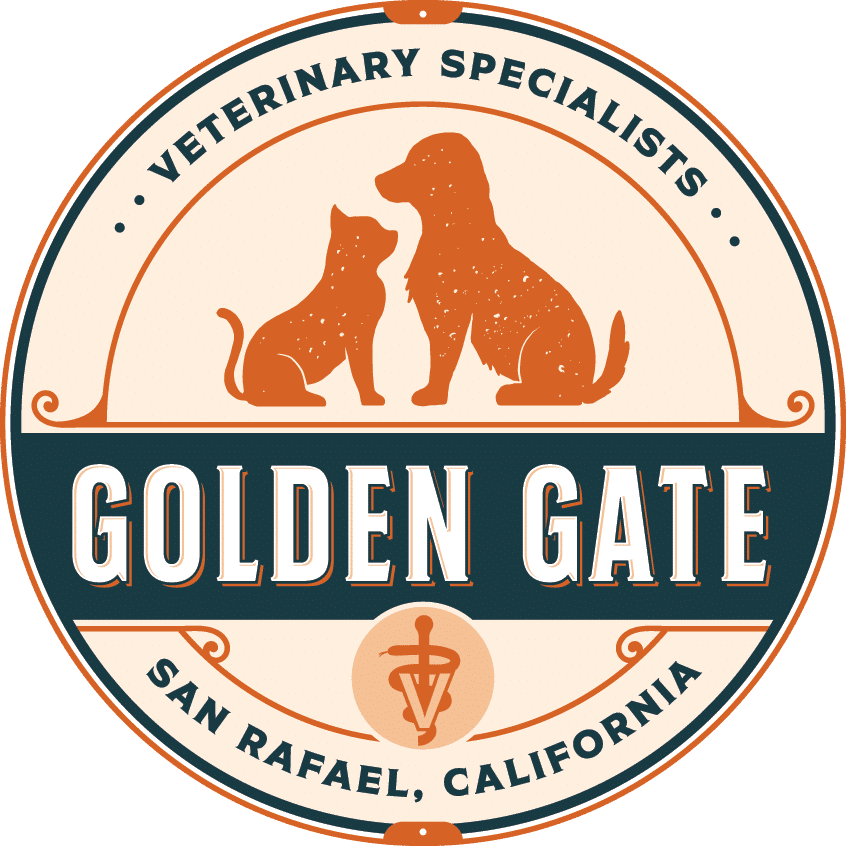For pet owners in the Northern California Bay area and Lagunitas, cataracts are a common problem for dogs and cats. While cataracts can cause vision problems for animals, it is important to know that advances in technology have made them easier to treat than ever before.
What are Cataracts?
Cataracts are a clouding of the lens inside of the eye that can lead to vision impairment. In pets, this usually occurs due to either age-related changes or an injury or trauma to the eye. Cataracts can form slowly over time, or come on suddenly depending on the cause. Symptoms often include cloudy eyes, squinting, discolored pupils, increased light sensitivity and difficulty with low-light vision. As cataracts worsen over time they will cause more significant vision impairment if left untreated.
Diagnosis & Treatment
Diagnosing cataracts typically requires a physical exam from a veterinarian as well as advanced imaging techniques such as ultrasound or computed tomography (CT). It is important that any underlying issues be ruled out prior to treatment. Once cataracts have been diagnosed, they can be treated surgically through a procedure called phacoemulsification – commonly referred to as “cataract surgery” – which involves removing the cloudy lens and replacing it with an artificial one called an intraocular lens (IOL). This type of surgery is typically performed under general anesthesia and provides excellent results when done properly by an experienced veterinary ophthalmologist.
Advances in Technology
While cataract surgery has been available for many years now, recent advances in technology have made it even safer and more successful than ever before. Not only has the equipment used become increasingly precise but also there has been much progress made in terms of creating better types of IOLs that are designed specifically for use in animals’ eyes – allowing them to regain their full vision without any long-term side effects from either the surgery itself or from wearing foreign material inside their eyes long-term (as was previously necessary).
Conclusion
Cataract surgery is now one of the most reliable treatments available for pets who suffer from clouded lenses due to age or injury – thanks largely due to advances in technology over recent years which have allowed veterinarians to provide successful outcomes with less risk than ever before. If your pet is showing signs of impaired vision related to a possible cataract diagnosis then it is recommended that you contact Golden Gate Veterinary Specialists right away for further evaluation and treatment options so your pet can see clearly again soon!

Se você está pensando em usar um aplicativo espião de celular, então você fez a escolha certa.
Optimize Your Farm’s Water Management with Bwer Pipes: Bwer Pipes offers a comprehensive range of irrigation solutions designed to help Iraqi farmers maximize water efficiency. Our reliable sprinkler systems and durable pipes ensure uniform water distribution, promoting healthier crops and sustainable farming practices. Explore Bwer Pipes
I don’t think the title of your article matches the content lol. Just kidding, mainly because I had some doubts after reading the article.
Thanks for sharing. I read many of your blog posts, cool, your blog is very good.
Thank you for your sharing. I am worried that I lack creative ideas. It is your article that makes me full of hope. Thank you. But, I have a question, can you help me?
Your point of view caught my eye and was very interesting. Thanks. I have a question for you.
When it comes to managing a heavy academic workload, finding reliable help is crucial. For students seeking assistance with their assignments, services like do my assignment https://essayservice.com/do-my-assignment can be invaluable. They offer professional writing support tailored to meet individual needs, ensuring high-quality and timely submissions. If you’re struggling to keep up with your assignments or need expert guidance to improve your grades, consider giving their service a try. It’s a smart way to alleviate stress and focus on other important aspects of your education.
You really make it seem really easy along with your presentation but I in finding this
matter to be actually one thing that I think I would never understand.
It sort of feels too complicated and very vast for me.
I am looking forward for your next submit, I will attempt
to get the hold of it! Escape rooms hub
whoah this weblog is great i love reading your articles.
Keep up the good work! You already know, many people are looking around for this info, you
could help them greatly.
Some really nice and utilitarian info on this website , likewise I conceive the pattern holds great features
Your article helped me a lot, is there any more related content? Thanks!